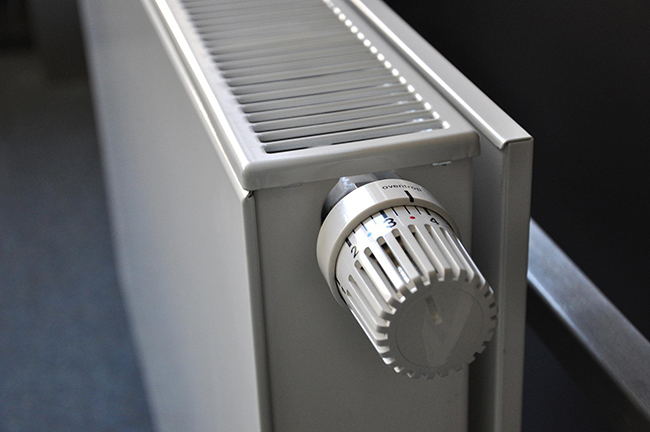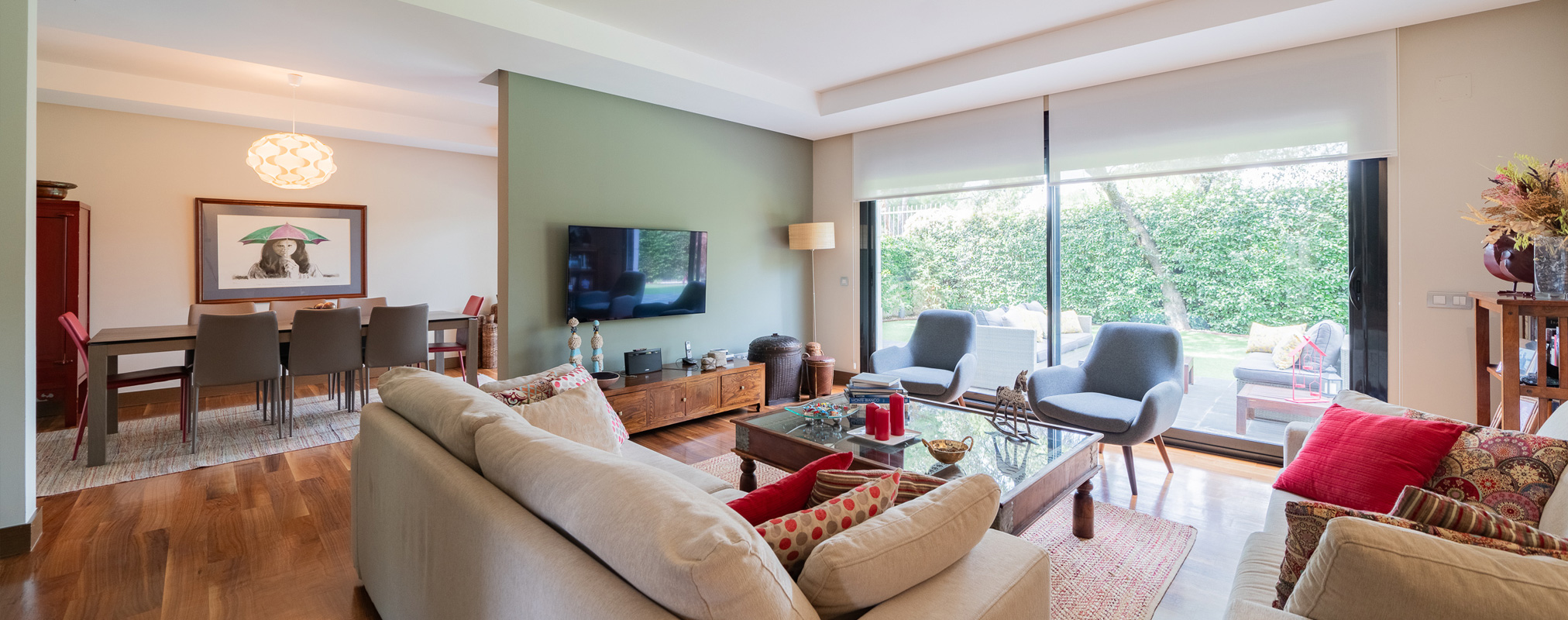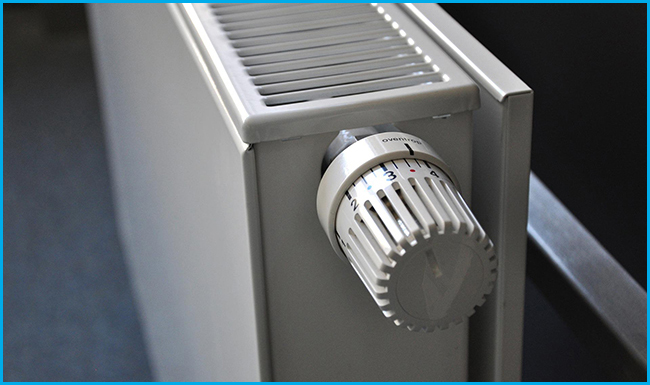From this coming autumn onwards, central heating in Spanish homes will not function as it currently does. More specifically, the date when the present central heating system in Spain will change for good is the 1st May 2023. From that date onwards, every community of neighbours must have the necessary installations that will enable the community to offer individual heating consumption. This implies that an individualization of central heating will take place in such a way that each and every user can consider the possibility of using it at will. The reason that lies behind adopting this measure is to avoid the energy wastage of a heating system which is always functioning during the long, cold months regardless of the fact that maybe the owner is not living in the house, and in which case this new rule is very reasonable. Let us consider a family that goes away for the weekend: what need is there to have the central heating functioning the days when there is nobody at home? In 2012, the European Parliament decided to force the installation of individual meters so as to measure the consumption of heating in the communities of neighbours that had this system of central heating. It was then decided that the year 2017 would be the deadline for adopting, in all Europe, this measure. In Spain we are late. However, in the face of the threat of a fine posed by Brussels, the Government stated, two summers ago, that May 2023 would be the deadline for ending the central heating system in our country.

NEXT AUTUMN, THE DEADLINE
The individualization of central heating has become a fact, and so every community of neighbours must get down to work so as to adapt the buildings. If this is not done, there is a risk of receiving sanctions which can amount to up to 10.000 euros. It is calculated that there is a total number of 1,6 million Spanish homes which must adapt to this new situation and amongst this number only 250.000 have already done it. This means that there are still more than one million homes which have to do it (exactly, 1.3 million), so we can see that most Spanish homes are still enjoying the central heating system. The installation companies are amazed at our delay as it is neither a complex nor an expensive installation (it is calculated that the price per home can be between 150 and 200 euros, depending on the installation that is required). We must take into account that when we individualize the central heating, not only do we improve energy efficiency but we also save money. Thus, we will no longer have to share the fixed expense, among the neighbours, of the central heating. Normally, this expense is usually lower in individual invoices (according to experts, the price-cutting can be between 15% and 25%). However, the installation of the individualization of the central heating logically requires an investmeent and this implies an extra expense which in spite of being amortized in the medium-term, causes some communities of neighbours to delay it. Nevertheless, they will not be able to delay it for much more time because, as we have already said, the installation must be done next autumn in every community of neighbours that has central heating.

A SIMPLE INSTALLATION
As we have already mentioned, the installation which allows for the use of heating as well as measuring the spending in an individual way, is a vey simple one. One only has to install, in each home, a meter to calculate the use of kilowatt-hours heating. If it were not possible to install an individual meter (a fact that can happen when the heating in flats has column distribution), then one can opt for installing cost allocators to measure the heating consumption of each radiator. Logically, the time spent on the installation of these allocators depends on the number of radiators in the house. To get an idea, in a house with five radiators, we can calculate between twenty to twenty five minutes to set up the installation. Therefore, we are talking about an easy and quick installation without excessive expense.
Picture 01: freepik
Picture 02: senivpetro







 Spanish
Spanish English
English